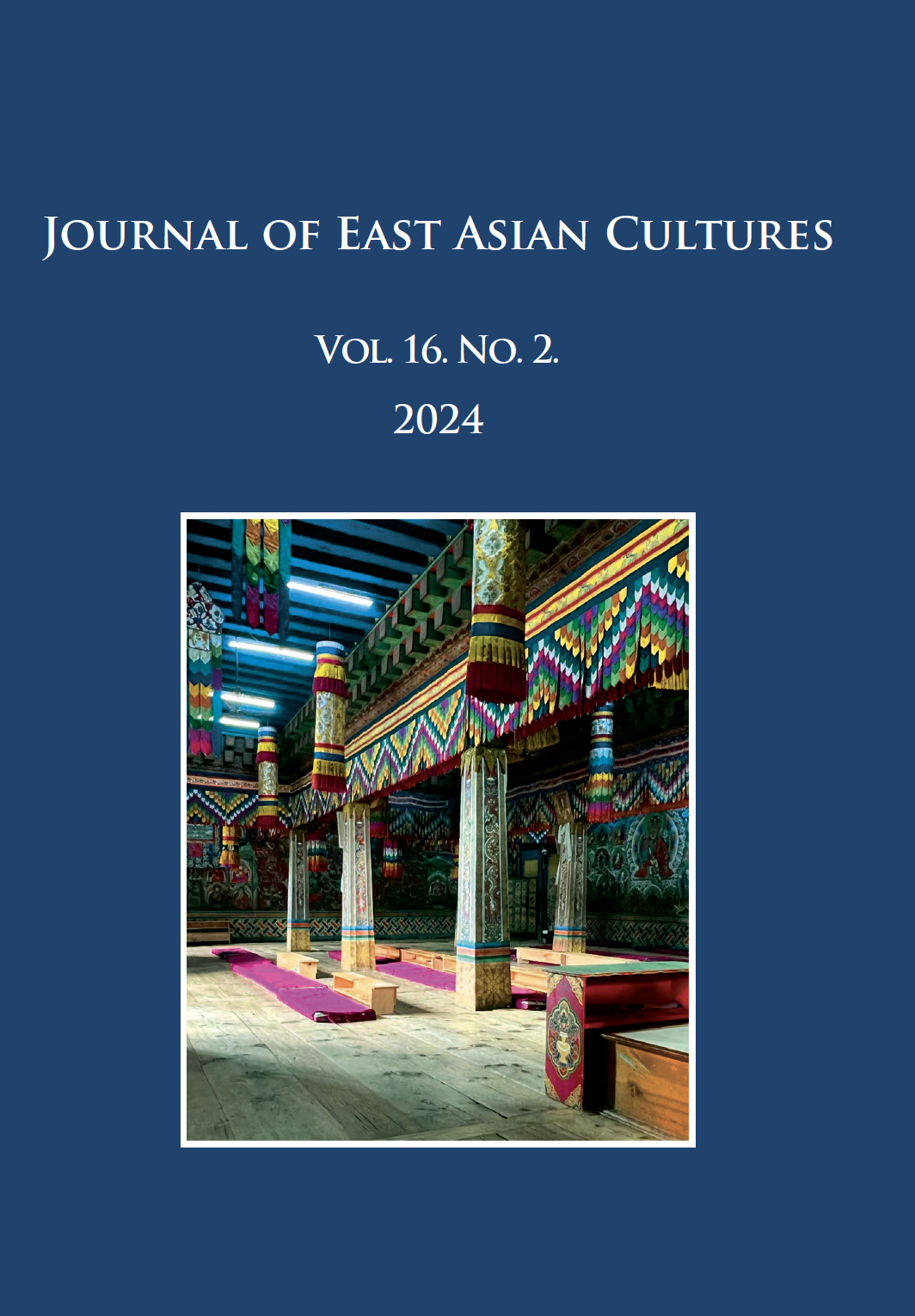Different Religion, Same Meditation? Meditation as the heart of Christianity and Buddhism and the basis for dialogue in the writings of Thomas Merton and Thích Nhất Hạnh
Megjelent 2024-07-01
Kulcsszavak
- meditáció,
- kontemplatív ima,
- buddhista–keresztény párbeszéd,
- vallások közötti párbeszéd,
- szemlélődés
- zen buddhizmus,
- keresztény miszticizmus,
- Thomas Merton,
- Thích Nhất Hạnh ...Tovább
Hogyan kell idézni

This work is licensed under a Creative Commons Attribution-NonCommercial 4.0 International License.
Absztrakt
The practice of meditation has become popular in Western countries during the last decades as an Eastern, and predominantly Buddhist, exercise. However, when properly compared, Christian contemplation and Buddhist meditation show numerous similarities. This paper sets out to determine the extent of comparability between these practices of the two traditions and how they are embedded in their respective theoretical frameworks. Additionally, as a further step, it aims to demonstrate how contemplative practice can act as a basis for Buddhist–Christian dialogue. The research centres around the works of two eminent monks of the 20thcentury, the American Trappist Thomas Merton and the Vietnamese Thiền master Thích Nhất Hạnh. Their work provides an ideal target of analysis, since both were not only widely appreciated members of their respective traditions but also deeply engaged in interreligious dialogue, and thus they had a proper understanding of each other’s tradition. In this paper, the author will first analyse and compare the works of Nhất Hạnh and Merton written on contemplation during approximately the same time to determine what exactly they understand by the terms ‘meditation’ and ‘contemplative prayer’, respectively. Then, their works regarding the other monk’s respective religious tradition will be discussed and compared to see what the two authors select as main avenues of comparison. The main conclusions of the article are that the concepts of meditation and contemplation in Buddhism and Christianity denote strikingly similar exercises, which aim to achieve similar goals despite differences in theoretical formulation. For Merton, Christian contemplation aims to reconnect the believer to God with whom the initial unity was lost through the Fall of Man and the establishment of the ego-self as an entity separate from God. Such contemplation needs to happen in interior solitude and involve a complete self-emptying of the believer to become one with God. Since separation from God through the ego is the fundamental problem of humans, reconnecting to God through contemplation is seen as the highest form of prayer and, indeed, life. In a similar vein, for Nhất Hạnh, the fundamental problem of humanity is the misconception of a permanent self, which results in dividing the world into different, separate entities. Thus, for him, similarly to Merton, the goal is to reach a supreme unity beyond distinctions and duality. Moreover, the way to such unity is precisely meditation, which can best unify body and mind and thus bring forth Buddhahood. Then, as the second step, the article presents how Merton and Nhất Hạnh draw parallels between Christianity and Buddhism on the basis of similar contemplation. Merton points to, among others, the connection between God and the absolute Void of Zen, kenosis and śūnyatā, whereas Nhất Hạnh points to similarities between nirvāṇa and the Kingdom of God as well as mindfulness and the Holy Spirit. Thus, the paper provides a thorough analysis of the similarities of meditation practice in Christianity and Buddhism, as practiced by Thomas Merton and Thích Nhất Hạnh, and how these similarities can provide a basis for dialogue between the two religions in modern times.
Hivatkozások
- Dadosky, John D. 2008. ‘Merton’s Dialogue with Zen: Pioneering or Passé?’ Fu Jen International Religious Studies 2.1: 53.
- Fader, Larry A. 1979. ‘Beyond the Birds of Appetite: Thomas Merton’s Encounter with Zen.’ Biography 2.3: 230–254. https://doi.org/10.1353/bio.2010.0126
- King, Robert Harlen 2003. Thomas Merton and Thich Nhat Hanh: Engaged Spirituality in an Age of Globalization. New York: Continuum.
- Lipski, Alexander 1983. Thomas Merton and Asia: His Quest for Utopia. Vol. 64. Cistercian Publ.
- Makransky, John 2003. ‘Buddhist Perspectives on Truth in Other Religions: Past and Present.’ Theological Studies 64.2: 334–361. https://doi.org/10.1177/004056390306400205
- Merton, Thomas 1996. Contemplative Prayer. New York: Image Books Doubleday.
- Merton, Thomas 1972. New Seeds of Contemplation. New York: New Directions.
- Merton, Thomas 1968. Zen and the Birds of Appetite. New York: New Directions.
- Pramuk, Christopher 2008. ‘“Something Breaks through a Little”: The Marriage of Zen and Sophia in the Life of Thomas Merton.’ Buddhist-Christian Studies 28: 67–89. https://doi.org/10.1353/bcs.0.0006
- Soucy, Alexander 2022. Zen Conquests: Buddhist Transformations in Contemporary Vietnam. Honolulu: University of Hawai'i Press. https://doi.org/10.1515/9780824892197
- Thich Nhat Hanh 2007. Living Buddha, Living Christ. 10th Anniversary ed. New York: Riverhead Books.
- Thich Nhat Hanh 2008. The Miracle of Mindfulness. London: Rider.

